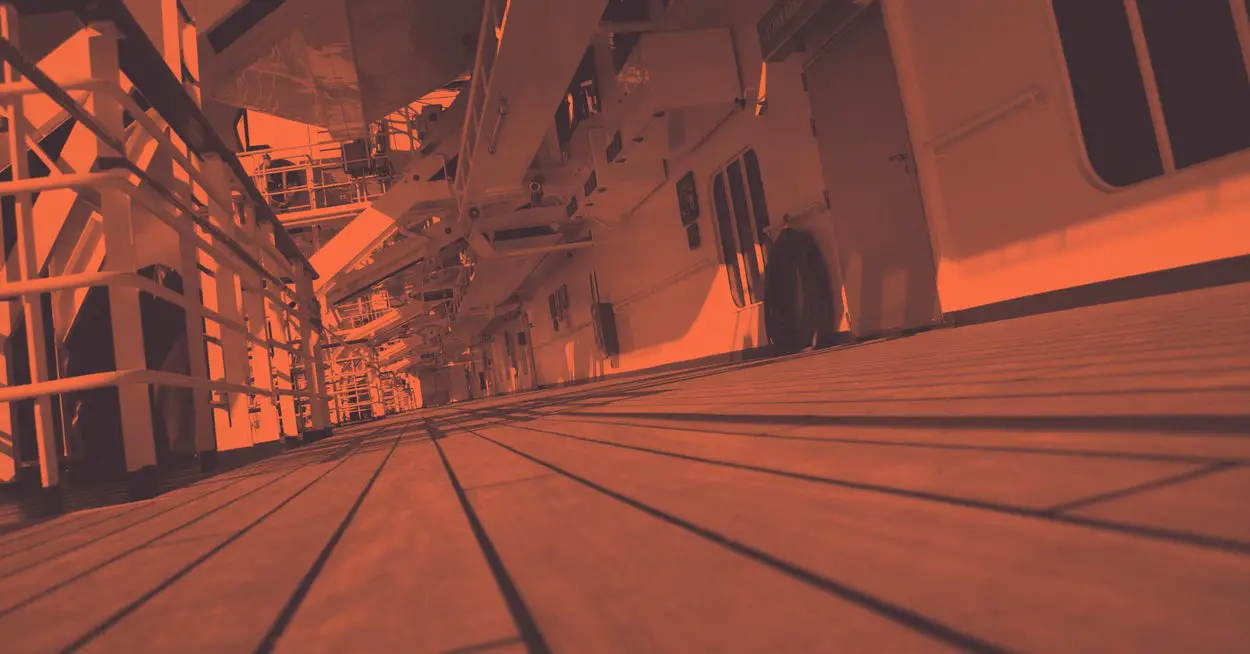SpaceX’s Starship vehicle suffered what the spaceflight company called a “rapid unscheduled disassembly” on Thursday. In other words, it blew up.
The good news is that the uncrewed rocket cleared the pad and flew for around four minutes before meeting its fiery end. It means the SpaceX team will have plenty of valuable data on its flight performance, enabling it to refine the rocket’s systems to give it an improved chance of completing the second test flight and sending the Starship to orbit.
The most powerful rocket ever developed launched from SpaceX’s Starbase site in Boca Chica, Texas, on its maiden flight. The spectacle of the massive machine — comprising the first-stage Super Heavy and upper-stage Starship spacecraft — was a sight to behold, as the rocket’s mighty Raptor engines powered the 120-meter-tall (390 feet) vehicle skyward.
SpaceX CEO Elon Musk said before the flight that Starship only had a 50% chance of completing its maiden mission, adding that for him it would be enough if the rocket simply cleared the pad.
So, for SpaceX, the failure of the upper-stage Starship to reach orbit came as no big surprise.
NASA wants to use a modified version of the Starship spacecraft — called the Starship Human Landing System (HLS) — for the Artemis III mission in what will be the first crewed lunar landing since 1972. The astronauts would reach space on NASA’s recently tested Orion spacecraft, while SpaceX’s Super Heavy would power the Starship HLS to orbit. The astronauts would then transfer to the SpaceX vehicle for the lunar landing.
Artemis III is currently scheduled for 2025, but a lot has to go right for NASA to be able to stick to its plan.
First and foremost, the Super Heavy and Starship HLS have to be ready. Following yesterday’s mission, Musk tweeted that SpaceX hopes to try again with the Starship “in a few months.” That mission will be crucial to NASA’s hopes of landing the first woman and first person of color on the lunar surface in just two years from now.
With every failed Starship flight, NASA’s 2025 plan will be increasingly likely to slip.
NASA also has to confirm the safety and reliability of its SLS rocket and Orion spacecraft. The early signs are good, as both the rocket and spacecraft performed pretty much flawlessly on a recent uncrewed test flight that sent the Orion on a flyby of the moon. Artemis II, scheduled for next year, will send four astronauts on the same voyage in what will hopefully be the final test of Orion before Artemis III.
Considering the current situation, NASA will do well to make the 2025 target date for the crewed lunar landing. To give it any real hope, SpaceX will surely have to succeed in getting the Starship to orbit on its next test flight.
Once SpaceX engineers have fully assessed why the Starship failed to separate from the Super Heavy on Thursday, it should be apparent if the solution is a quick fix or a more serious issue that will need more time to resolve.
Whatever happens going forward, it’s certain that Musk’s dream of using the Super Heavy and Starship to send humans beyond the moon to Mars remains intact. It’s just going to take a while.
Editors’ Recommendations
Source link

![A graph with abstract rates and values sharply declines. [losses / crisis / crash]](https://sharethelinks.com/wp-content/uploads/2023/03/Tech-industry-dodges-a-financial-bullet-after-SVB-crash.jpg)








Leave a Reply